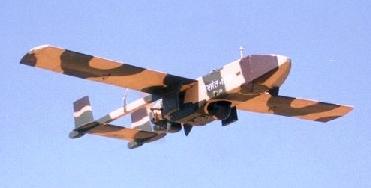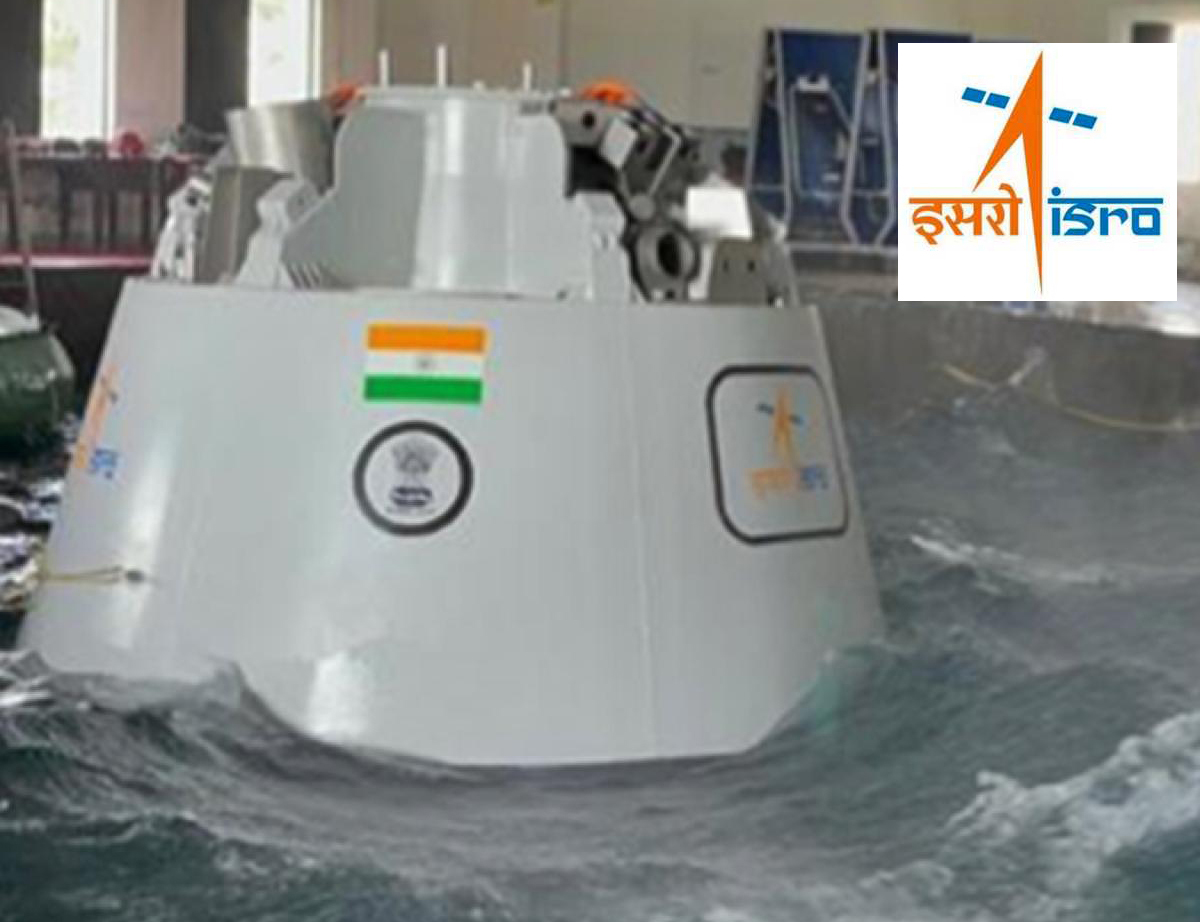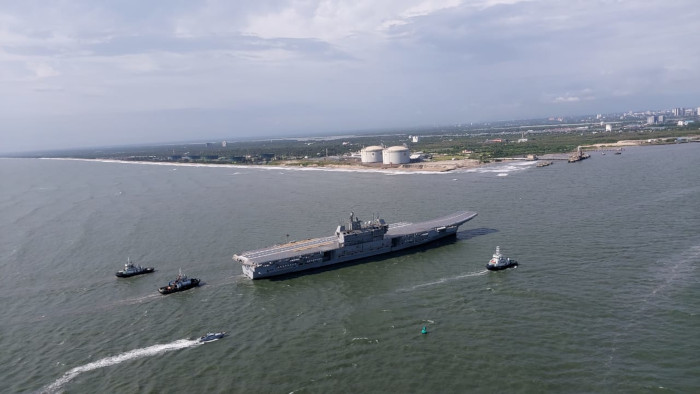
F-35 Lightning II, F-22 Raptor, Sukhoi PAK FA (Clockwise from Left).
It has become common in the aviation community to classify fighter aircraft by "generations" for historical purposes. There are no official definitions of these generations; rather, they represent the notion that these are stages in the development of fighter design approaches, performance capabilities, and technological evolution.
Fifth Generation Fighters represent a quantum leap in air-to-air and air-to-ground capabilities that provide an order of magnitude increase in operational effectiveness over legacy fighters. These fighters are characterised by being designed from the start to operate in a network-centric combat environment, and to feature extremely low, all-aspect, multi-spectral signatures employing advanced materials and shaping techniques.
The technologies that best epitomise fifth generation fighters are combined with high performance airframes, internally carried advanced air to air and air to ground weapons, all aspect stealth and Low Probability of Intercept Radar and networks for shared situation awareness.
The integration of advanced avionics, which fuses information to give pilots complete 360-degree situational awareness. This enables pilots to concentrate on tactics - they are relieved of the effort to interpret separate data inputs and manage multiple sensors. A key attribute of fifth-generation fighters is very-low-observables stealth.
Other technologies common to this latest generation of fighters includes integrated electronic warfare system (INEWS) technology, integrated communications, navigation, and identification (CNI) avionics technology, centralised "vehicle health monitoring" systems for ease of maintenance, and fiber optics data transmission.
Currently, F-22, F-35 and T-50 PAK FA are the only fifth generation fighters known till date. The US's F-22 Raptor is the world's first fifth-generation fighter.
The Russian Air Force has begun testing of its fifth-generation fighter aircraft, with the aim of competing with the US's F-22 Raptor and F-35 Lightning II aircraft.
Sukhoi PAK FA
The Fifth Generation Fighter Aircraft (FGFA) was jointly developed by Sukhoi design bureau. The India version of this aircraft primarily for the Indian Air Force will have Hindustan Aeronautics Ltd (HAL) and DRDO working for it.
On 29th January, 2010, Komsomolsk-on-Amur witnessed the debut flight of a prototype of T-50 PAK FA. The aircraft piloted by Sukhoi test-pilot Sergey Bogdan spent 47 minutes in the air and successfully landed on the factory runway.
PAK FA possesses a number of unique features combining the functionality of both attack aircraft and fighter aircraft.
The aircraft is equipped with brand-new avionics suite integrating “electronic pilot” functionality, as well as advanced phased-array antenna radar. This significantly decreases pilot load and allows him to focus upon completion of tactical missions. New aircraft on-board equipment allows real-time data exchange not only with ground based control systems, but also within the flight group.
F-22 Raptor
The Lockheed Martin's The F-22A Raptor advanced tactical fighter is capable of simultaneously conducting air-to-air and air-to-ground combat missions with near impunity.
The air-superiority fighter is a lethal weapon for many diverse missions including intelligence gathering, surveillance, reconnaissance and electronic attack. The aircraft has a unique combination of advanced stealth, supercruise, advanced maneuverability and integrated avionics.
F-22 entered service with the US Air Force in December 2005.
F-35 Lightning II
The F-35 Lightning II joint strike fighter is being developed by Lockheed Martin Aeronautics Company. It provides higher level of survivability and lethality.
The aircraft has stealth capability that is integrated throughout the aircraft with embedded antennas, aligned edges and special coatings and materials.
F-35 is capable of conducting air-to-air and air-to-ground combat missions simultaneously. F-35 comes in three variants, i.e. F-35A (CTOL) or Conventional take-off and landing for US Air Force; F-35B (STOVL) or Short take-off and landing for US Marine Corps, and the UK Navy and Air Force; and F-35C (CV) or Carrier variant for US Navy.
| Key Facts | PAK FA ** | F-22 | F-35 |
| Dimensions: Wing Length Height | 46.5 ft 72 ft 19.8 ft | 46.5 ft 72 ft 19.8 ft | 35 ft 51.4 ft 14.2 ft |
| Engines: Type Thrust | AL-41F (117C on first prototypes) by the Saturn scientific and industrial enterprise 175 KN | 2 x F119-100 from Pratt & Whitney 156kN | Pratt & Whitney F135 164.6kN |
| Performance: Speed | Mach 2.45 | Mach 2 | Mach 1.67 |
| Crew: | 1 | 1 | 1 |
| Armaments: Weapons | Guns: 1x30mm Hardpoints: 10 internal, 6 external for R-74M Archer and R-77M Adder missiles | M61A2 Vulcan Cannon, AIM-9M Sidewinder missile, AIM-120 AMRAAM advanced medium-range anti-air missile, Jt. direct attack munition | Air-to-Air Missiles: 2 x AIM-120 AMRAAM Bombs: 2 x JDAM (Joint Direct Attack Munition) 1,000lb precision air-to-surface munition Guns: 1 x 27mm (not on STOVL) |
[**Specification collected from open source]
- Courtesy:
Sukhoi
Lockheed Martin
Airforce Technology Website
Warefare.ru
 Previous Article
Previous Article Next Article
Next Article











The Indian Air Force, in its flight trials evaluation report submitted before the Defence Ministry l..
view articleAn insight into the Medium Multi-Role Combat Aircraft competition...
view articleSky enthusiasts can now spot the International Space Station (ISS) commanded by Indian-American astr..
view article